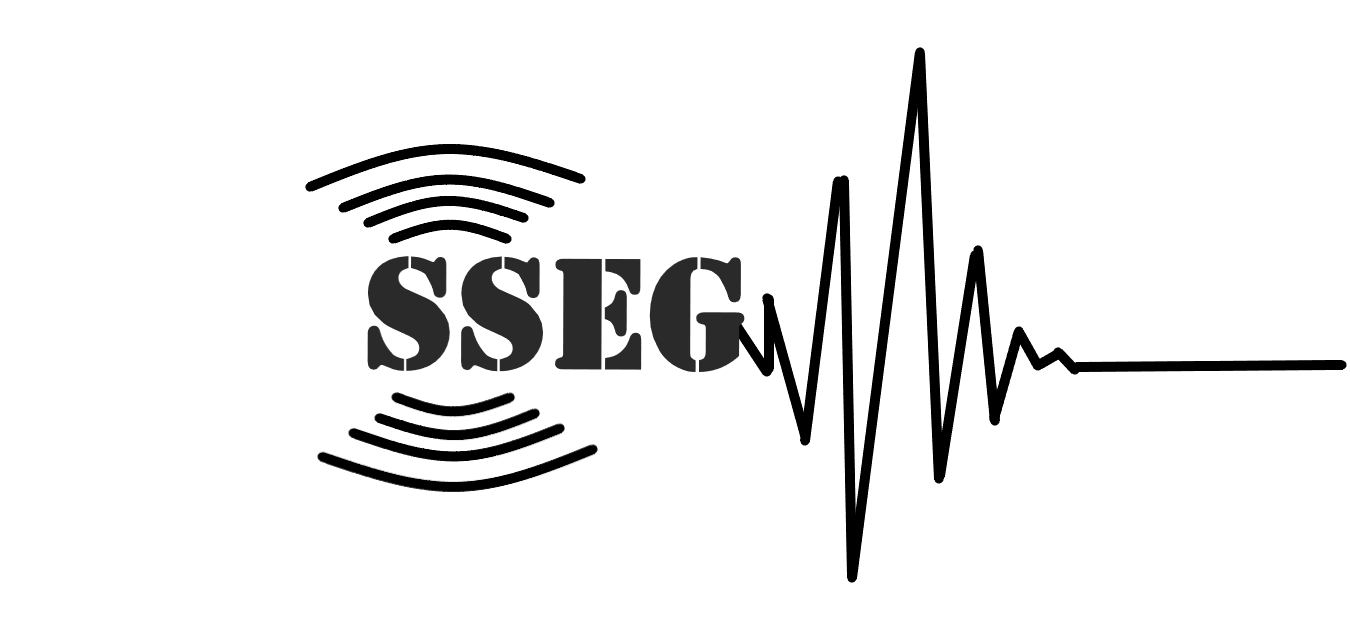Theme / Problem Statement: Developing Directional Combination Rule for 6-Component Seismic Excitations
Despite the recent surge in rotational seismology and demonstrated influence of vertical ground motion on certain structures, seismic design and performance of constructed facilities are by and large based on the orthogonal pair of horizontal components. Since spectral representation of ground motion can capture the epistemic uncertainty and aleatory variability better than time series representation, direction-cum-modal combination rule plays the pivotal rule when incorporating the multicomponent excitations in seismic design and in assessing the seismic resilience. CQC is generally believed to be the best modal combination rule for unidirectional seismic excitation, but the directional combination rule is still at its infancy when six-component seismic excitations are considered. Though a few extensions have been reported to account for more than one component, six-component directional combination rule is still an open call. Directional-cum-modal combination rule is developed in this project from the first principle to combine the modal responses of a structure subjected to six-component ground motion with spectral representation as the 5% damped acceleration response spectra. In addition, the framework requires the power spectral shape of each component of excitations, directional correlation function for each pair of excitations, and duration of the event. With linear time history analysis as the benchmark, the proposed combination rule is compared against CQC as the modal combination rule with SRSS for the directional combination. The proposed combination rule works much better if the recorded components of ground motion are used for structural analysis. However, the difference reduces if the recorded components of ground motion are rotated along-and-normal to the principal plane prior to analysis. This is verified against several suites of recorded ground motion.
Further, a framework is proposed for incorporating the multi-component directional-cum-modal combination rule within the seismic design/performance assessment when a representative set of the ground motion input is not available. First, multiple ground motion sets are selected contingent on a single target spectrum. Next, under the assumption of hazard consistency, a single scaling factor is calculated and imposed on all ground motion components in one set at a time. Further, a step-by-step framework is proposed for constructing a single representative of each of the following ground motion inputs using the scaled sets of ground motions: a) damped acceleration response spectra for all components of ground motion; b) one-sided power spectral shape for all components of ground motion; and c) cross-spectral density functions (normalized) for all pairs of ground motions. This framework can also be extended with a nominal modification if different design recommendations are available for different ground motion components. Based on sample illustrations, it is observed that the framework performs reasonably well for all practical purposes. Overall, the proposed framework represents a significant advancement as it performs satisfactorily while accounting for the contributions from the multi-component ground excitation defined as a single set of spectral representations.
Additionally, the Multicomponent Directional-Cum-Modal Combination Rule is extended to improve the seismic analysis of secondary systems. Secondary systems, also known as non-structural elements, are not part of the primary load-bearing structural system but are influenced by seismic excitation. These systems rely on their own structural characteristics to withstand these effects. Typically, secondary structures can be attached to the primary structure at multiple locations. However, this extension focuses on single-support acceleration-sensitive secondary systems with a small mass ratio. The acceleration demand on a secondary system is typically expressed using the floor response spectrum (FRS). Under the assumption of a small mass ratio and/or significant separation between the natural frequencies of the non-structural element and those of the supporting structure, the dynamic interaction between the primary and secondary systems can be neglected. In such cases, the FRS can be constructed by considering the ground excitation in two forms: i) acceleration time series/ recorded ground motion; and ii) damped ground response spectra (GRS). This research focuses on the latter, also known as the spectrum-to-spectrum method. The primary system is considered a multiple degrees of freedom system (MDOF) subjected to six-component ground excitation. Extending the Multicomponent Directional-Cum-Modal Combination Rule, a novel framework is proposed for developing FRS that considers both: i) correlation between the modal responses and ii) directional correlation. The FRS is constructed using mean squared spectrum and single-period scaling. The FRS constructed using the proposed framework is observed to perform better than the ‘FRS-CQC’ combination rule and is in proximity with the benchmark FRS developed using the linear time history analysis. Overall, the proposed framework represents a significant advancement in seismic analysis of the secondary system.
Publication out of this Project:
- Basu D, Vats F, Panchal A. Multicomponent directional-cum-modal combination rule for seismic analysis: theory and illustrations. Earthquake Engng Struct Dyn. 2022;1–27.
PDF - Vats, F., Basu, D. Alternate algorithm for characterization of strong velocity pulse in ground motions. Int J Adv Eng Sci Appl Math (2023). https://doi.org/10.1007/s12572-023-00355-2
PDF - Vats, F., & Basu, D. (2024). Multicomponent Directional-cum-modal Combination Rule for Seismic Analysis of Secondary Systems. In 18th World Conference on Earthquake Engineering (WCEE 2024).
PDF - Basu, D., & Vats, F. An application of multicomponent directional-cum-modal combination rule: routine seismic design and performance assessment. Innov. Infrastruct. Solut. 10, 225 (2025). https://doi.org/10.1007/s41062-025-02027-5
PDF

